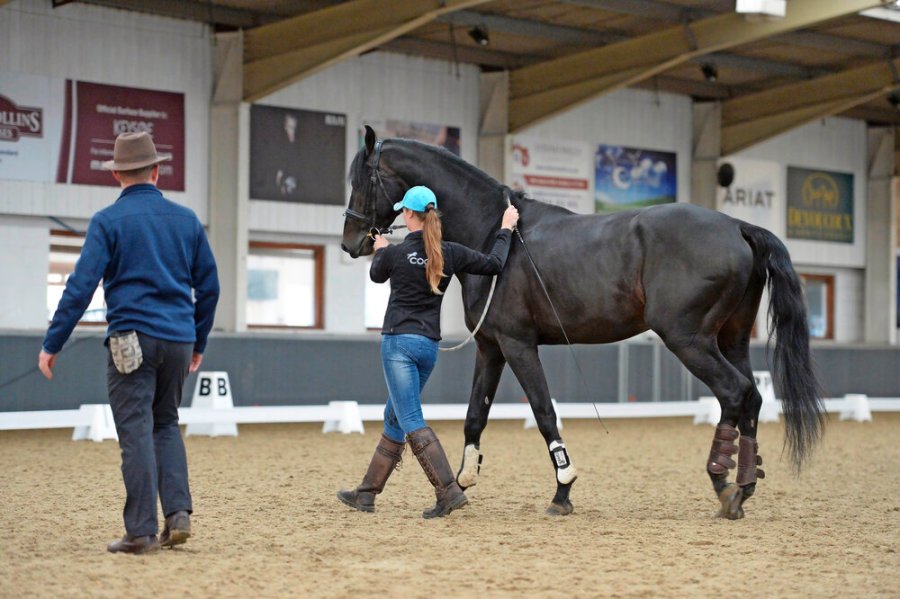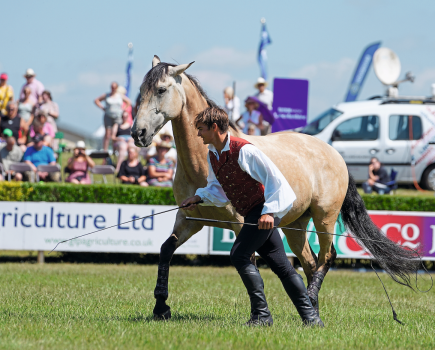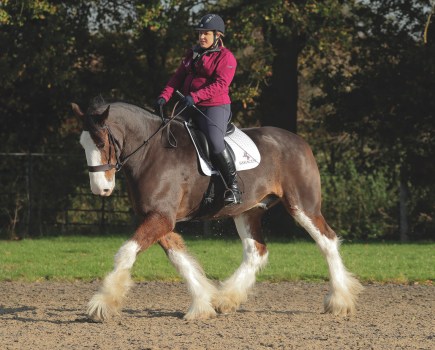After a freak riding accident, Jenku Dietrichsen started thinking about the way we train horses. Over three decades later, Jenku has developed a new method of training called Modern Horsemanship. Here we take a look at what it is, and why you need to give it a go.
Jenku uses a combination of classical dressage, natural horsemanship, positive reinforcement and the belief that ‘there must be a better way’.
He believes in training the trainer and taps into the horse’s innate potential to learn complex behaviours. He uses one universal language based on what he calls ‘The Three Agreements’.
The Three Agreements
- A clear yes – Reward as feedback. Desired behaviour is encouraged with a pleasant consequence.
- A clear no – Pressure as feedback. Undesired behaviour is discouraged with an unpleasant consequence.
- A clear neutral – when in doubt, go to neutral. Doubt is the precursor to fear. Fear of failure is counterproductive to learning. The third agreement serves as a safety mechanism to help you and your horse to reset and try again if the stress levels get too high.
Motivation
Both horses and humans are fundamentally motivated by pleasure or pain. To understand a little more about why this method is so effective, you need to know how your own and your horse’s neurobiology functions.
This revolves around the autonomic nervous system, which is composed of two parts – the sympathetic and the parasympathetic nervous systems.
The fight or flight state (sympathetic nervous system) acts like the accelerator in your car.
The rest and digest state (parasympathetic nervous system) acts like the brake to slow down your car. In other words, you cannot be running and resting simultaneously.
So, if you reward your horse with food for positive behaviour it calms the nervous system and aids learning.
Direct feedback
The equipment Jenku uses is minimal. He uses a “Tsk” sound to mark the exact moment a desired behaviour is performed, followed by a reward.
Depending on the exercise to be trained, he also uses a schooling whip, a longer rope line, or reins to apply pressure to mark undesired behaviour.
His training method is based on direct feedback – everything is about precision and timing. The simpler the equipment is, the easier it is to give direct and accurate feedback.
Horses learn by repetition
Reinforcement learning is a type of learning that tells your horse he’s made the correct decision or the wrong decision. With enough repetitions your horse will eventually be able to predict the correct outcomes and therefore make the ‘right decision’.
As you learn to focus on what your horse is doing right and rewarding him, rather than focusing on what he’s doing wrong and punishing him, your horse will become more responsive and you will be able to lighten your aids.
For more about Jenku’s Modern Horsemanship techniques, see the full article in our April issue.
Don’t miss the latest issue of Your Horse Magazine, jam-packed with training and veterinary advice, horse-care tips and the latest equestrian products available on shop shelves, on sale now.










